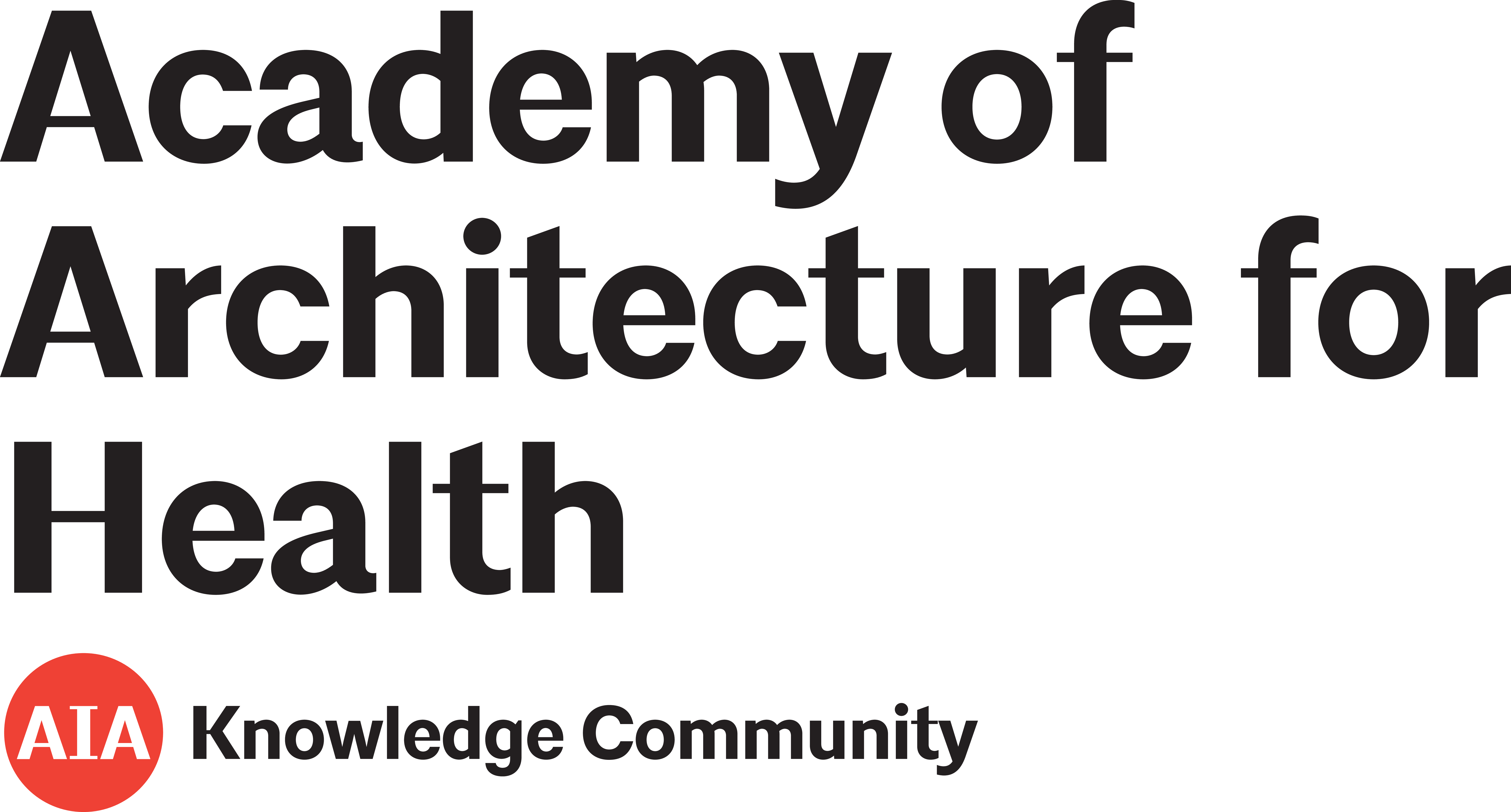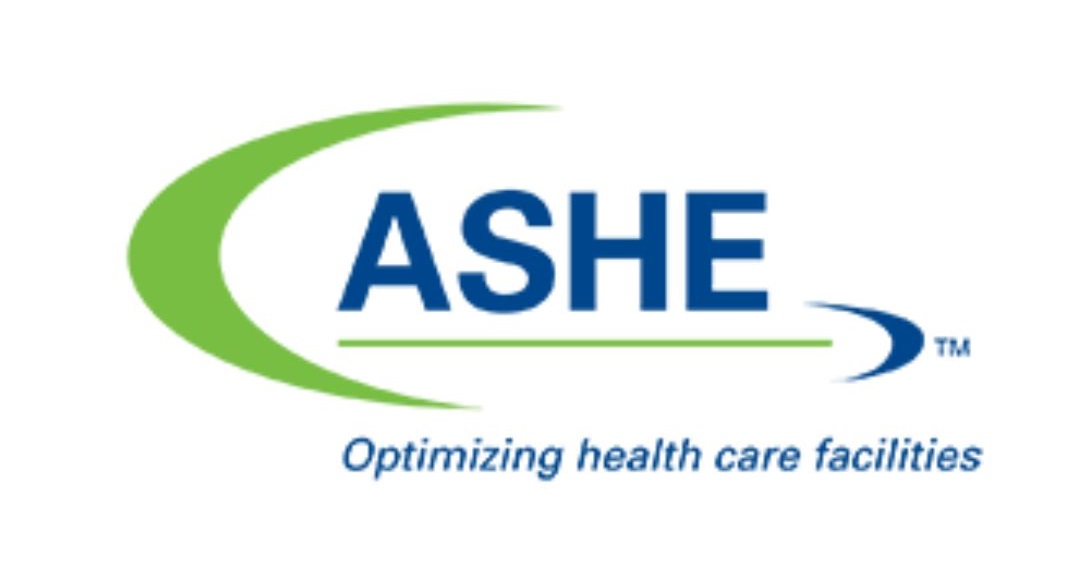Tomorrow's Patient Room
2004
Architecture Week
Journal Article
Author(s): Moore, M.
Added October 2012
Physicians’ Use Of Electronic Medical Records: Barriers And Solutions
2004
Health Affairs
Journal Article
Issue 2
Volume 23
Pages 116-126
Author(s): Miller, R.H., Sim, I.
Added October 2012
Neonatal security: it takes a community
2005
Nursing Management
Journal Article
Issue 8
Volume 36
Pages 41-4
Author(s): Mertens, S.
Added October 2012
Control of pseudomonas aeruginosa infections in burned patients
1992
Surgical Research Communications
Journal Article
Issue 1
Volume 12
Pages 61-67
Author(s): McManus, A.T., Mason, A.D.J., McManus, W.F., Pruitt, B.A.J.
Invasive burn wound sepsis with Pseudomonas aeruginosa is a major concern in burn patient care settings. It is difficult to treat and may cause high mortality among patients with extensive burn wounds. Therefore, one primary goal of burn care is to prevent colonization and infection of P. aeruginosa. Patient colonization refers to the isolation of the targeted pathogen (organism) from the patient (e.g., sputum, wound surface, urine, and stool).
Added October 2012
Increase patient safety by creating a quieter hospital environment
2006
Biomedical Instrumentation & Technology / Association For The Advancement Of Medical Instrumentation
Journal Article
Issue 2
Volume 40
Pages 145-146
Author(s): Mazer, S.E.
Added October 2012
Initial Clinical Experience with a Fully Automatic In-Hospital External Cardioverter Defibrillator
1999
PACE: Pacing and Clinical Electrophysiology
Journal Article
Issue 11
Volume 22
Pages 1648-1655
Author(s): Mattioni, T., Nademanee, K., Brodskey, M., Fisher, J., Riggio, D., Allen, B., Welch, S., Ybarra, R., Lin, D., Dean, E.
Added October 2012
Improving Survival From Sudden Cardiac ArrestThe Role of the Automated External Defibrillator
2001
The Journal of the American Medical Association
Journal Article
Issue 9
Volume 285
Pages 1193-1200
Author(s): Marenco, J.P., Wang, P.J., Link, M.S., Homoud, M.K., Estes, N.A.M.
Added October 2012
The New Operating Room Environment
1999
Surgical Clinics of North America
Journal Article
Issue 3
Volume 79
Pages 477-487
Author(s): Mansour, M.A.
Added October 2012
Public standards and patients' control: how to keep electronic medical records accessible but private
2001
British Medical Journal
Journal Article
Author(s): Mandl, K.D., Szolovits, P., Kohane,I.S.
Added October 2012
In-hospital first-responder automated external defibrillation: what critical care practitioners need to know
1998
American Journal of Critical Care
Journal Article
Issue 4
Volume 7
Pages 314-319
Author(s): Mancini, M.E., Kaye, W.E.
Added October 2012
Control of construction-associated nosocomial aspergillosis in an antiquated hematology unit
1996
Infection control and hospital epidemiology
Journal Article
Issue 6
Volume 17
Pages 360-4
Author(s): Loo, V.G., Bertrand, C., Dixon, C., Vitye, D., DeSalis, B., McLean, A.P., Brox, A., Robson, H.G.
Added October 2012
Role of ventilation in airborne transmission of infectious agents in the built environment - a multidisciplinary systematic review
2007
Indoor Air
Journal Article
Issue 1
Volume 17
Pages 2-18
Author(s): Li, Y., Leung, G.M., Tang, J.W., Yang, X., Chao, C.Y., Lin, J.Z., Lu, J.W., Nielsen, P.V., Niu, J., Qian, H., Sleigh, A.C., Su, H.J., Sundell, J., Wong, T.W., Yuen, P.L.
The early 2000s saw the surfacing of severe acute respiratory syndrome or SARS, the large-scale return of tuberculosis or TB, an influenza pandemic, and the intentional dispersion of diseases like anthrax – all of which are highly infectious airborne diseases. Authors noted that densely populated urban areas and offices, schools, other buildings, aircraft, and other mass transport vehicles (where people spent most of their time) were ideal for the transmission of SARS.
Added October 2012
Effect of an automated sink on handwashing practices and attitudes in high-risk units
1991
Infection control and hospital epidemiology
Journal Article
Issue 7
Volume 12
Pages 422-8
Author(s): Larson, E., McGeer, A., Quraishi, Z.A., Krenzischek, D., Parsons, B.J., Holdford, J., Hierholzer, W.J.
Added October 2012
Nurse Empowerment, Job‐Related Satisfaction, and Organizational Commitment
2003
Journal of Nursing Care Quality
Journal Article
Issue 3
Volume 18
Pages 184-192
Author(s): Kuokkanen, H., Leino-Kilpi, H., Katajisto, J.
Added October 2012
Planning and design of a surgical intensive care unit in a new regional hospital
1998
Annals Of The Academy Of Medicine, Singapore
Journal Article
Issue 3
Volume 27
Pages 448-452
Author(s): Koay, C.K., Fock, K.M.
Added October 2012
The Role of the Physical Environment in Promoting Health, Safety, and Effectiveness in the Healthcare Workplace
2006
The Center for Health Design
Journal Article
Issue #3
Volume 2006 November
Author(s): Joseph, A.
Added October 2012
Making changes to improve the intensive care unit experience for patients and their families
1998
New Horizons
Journal Article
Issue 1
Volume 6
Pages 99-109
Author(s): Jastremski, C.A., Harvey, M.
Added October 2012
The subjective response to linear fluorescent direct/indirect lighting systems
2002
Lighting Research and Technology
Journal Article
Issue 3
Volume 34
Pages 243-260
Author(s): Houser, K.W., Tiller, D.K., Bernecker, C.A., Mistrick, R.G.
Added October 2012
Strategies to reduce medication errors with reference to older adults
2006
International Journal of Evidence-Based Healthcare
Journal Article
Issue 1
Volume 4
Pages 2-41
Author(s): Hodgkinson, B., Koch, S., Nay, R., Nichols, K.
Added October 2012
Effects of Energy Conservation in Residential and Commercial Buildings
1979
Science
Journal Article
Issue 4407
Volume 205
Pages 656-661
Author(s): Hirst, E., Hannon, B.
Added October 2012




